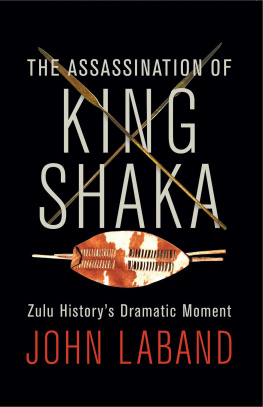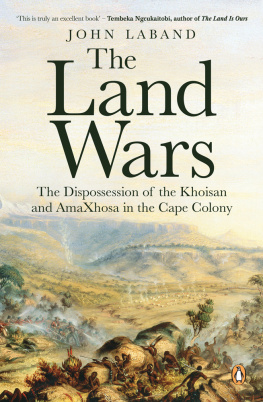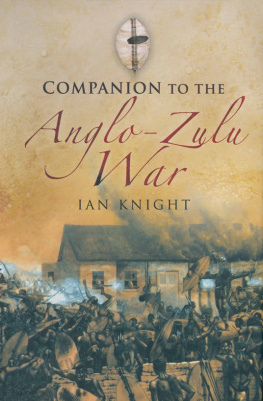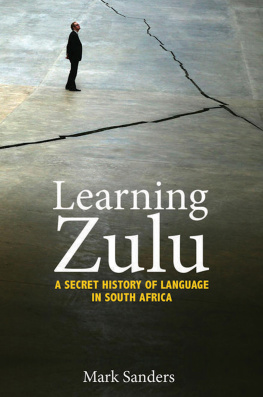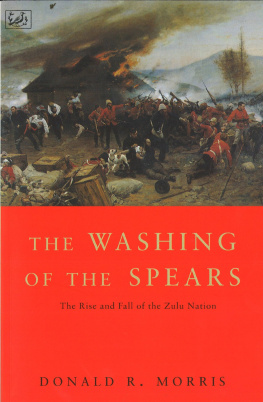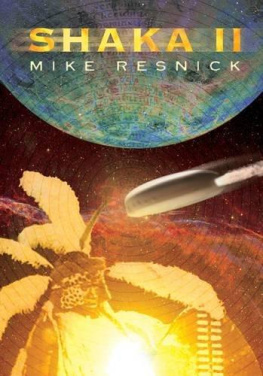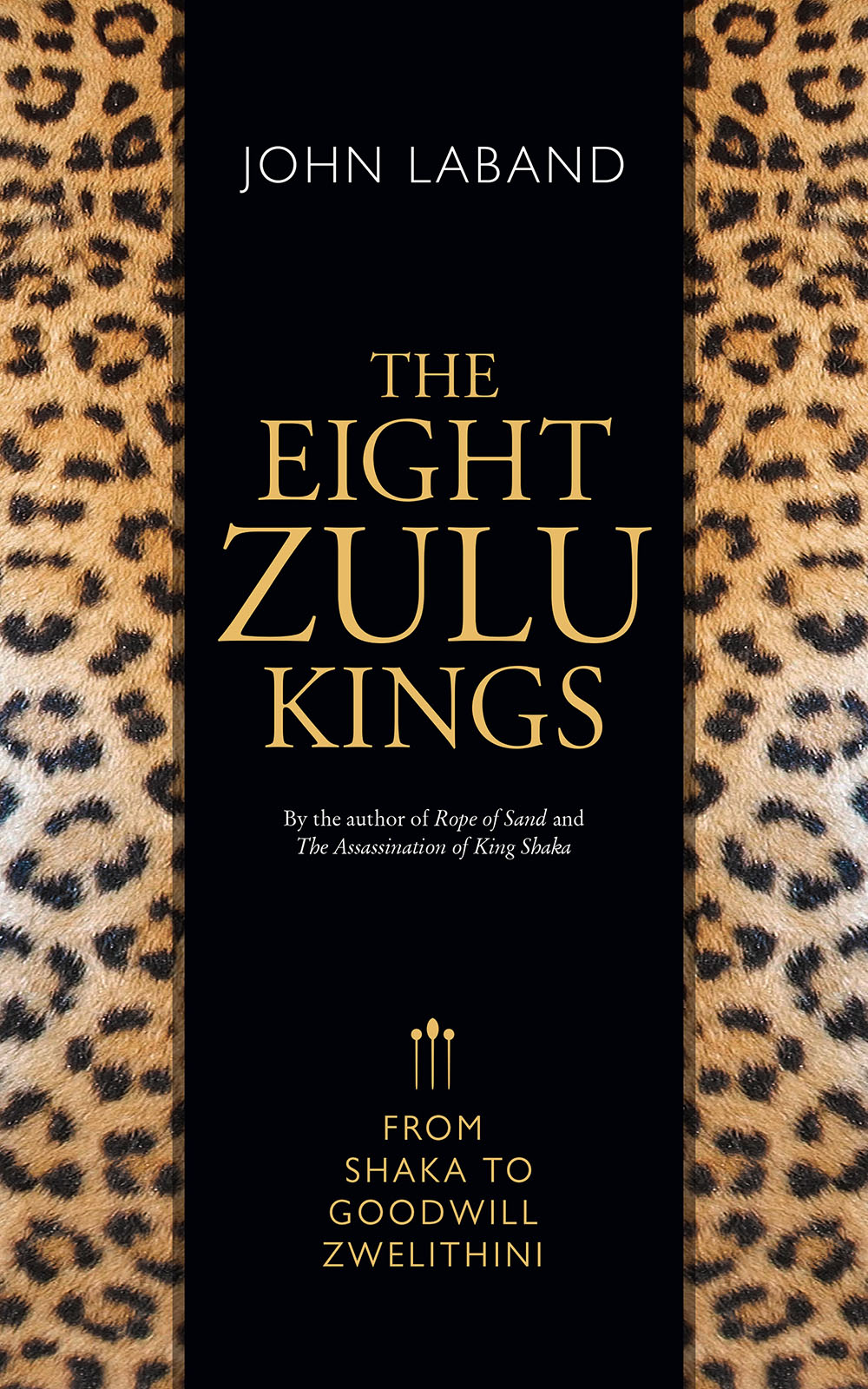
NOTES
The following abbreviations are used in the Notes (for full details, see Select Reading List below):
JSA C de B Webb and JB Wright (eds), The James Stuart Archive of Recorded Oral Evidence Relating to the History of the Zulu and Neighbouring Peoples .
RN Dr BJT Leverton (ed), Records of Natal .
ZKS C de B Webb and JB Wright (eds), A Zulu King Speaks: Statements Made by Cetshwayo kaMpande on the History and Customs of His People .
INTRODUCTION
For convenience, this book uses the English prefix-less version of certain African proper nouns, for example Zulu (instead of amaZulu) and Swazi (instead of amaSwazi). Other examples are Sotho (instead of Basotho) and Pedi (instead of Bapedi).
An alternative epithet for His Majesty is Isilo , or Wild Carnivorous Beast.
The major axis of oNdini is 640 metres and the minor 507 metres.
Natal Law 107 of 1906 (5 August 1906).
In the 1850s King Mpande permitted the uThulwane ibutho (age-grade regiment) to wear crane feathers in their headdress because the regiment had so many princes enrolled in its ranks.
Native Administration Act 38 of 1927 of the Union of South Africa.
In terms of the Bantu Homelands Constitution Act 21 of 1971, the Constitution Proclamation R69 of 30 March 1972 created the KwaZulu Legislative Assembly. Proclamation R11 of 28 January 1977 declared KwaZulu a self-governing territory.
Constitution of the Republic of South Africa Second Amendment Act 3 of 1994: amendment of section 160 of the Interim Constitution, assented to on 25 April 1994.
The Constitution of the Republic of South Africa Act 108 of 1996, Chapter 12: Traditional Leaders.
Traditional Leadership and Governance Framework Act 41 of 2003, assented to on 11 December 2003. It has subsequently been amended (Act 23 of 2009). In KwaZulu-Natal in 2016 there was one king, with 296 senior traditional leaders and 3 100 headmen and headwomen.
Ministry for Cooperative Governance and Traditional Affairs, Republic of South Africa: The Presidents Announcement of the Findings and Recommendations of the Commission on Traditional Leadership Disputes and Claims (Nhlapo Commission), 29 July 2010; President Zumas proclamation of the Rain Queen of the Balobedu ( Government Gazette , 31 March 2016). The remaining six paramounts under investigation by the Nhlapo Commission did not qualify as kings, but they were nevertheless deemed to be kings until their deaths, upon which their successors would be recognised as senior (or principal) traditional leaders.
News24 , 28 January 2013; BusinessTech , 12 February 2017.
Sunday Independent , 5 April 2015.
Zulu Royal Household Trust homepage (under construction). Available at Zuluroyaltrust.org/about, accessed 10 April 2017.
CHAPTER ONE
The Ethiopian succession was recorded in the Ethiopian Royal Chronicles, while written records were kept in all those parts of northern, western and eastern Africa that had converted to Islam.
It should be noted that oral history was always in danger of being distorted by the imbalance in power relations when being transmitted to a white recorder.
Kirby (ed), Andrew Smith and Natal , p 88.
JSA 2 , p 210: Mangati; JSA 3 , p 110: Mgidhlana; p 265: Mmemi.
Bryant, Olden Times , pp 323, 35
Shamase, Zulu Potentates , p 6.
JSA 5 , p 270: Seme.
JSA 4 , p 374: Ndukwana.
Weekly Mail & Guardian , 30 August5 September 1991.
Nyembezi, Izibongo, Part I, p 114.
Wylie, White Myths of Shaka, p 82.
Wylie, Myth of Iron , pp 1012.
Ntuli, Praises Will Remain, pp 28, 32.
ZKS , p 4.


